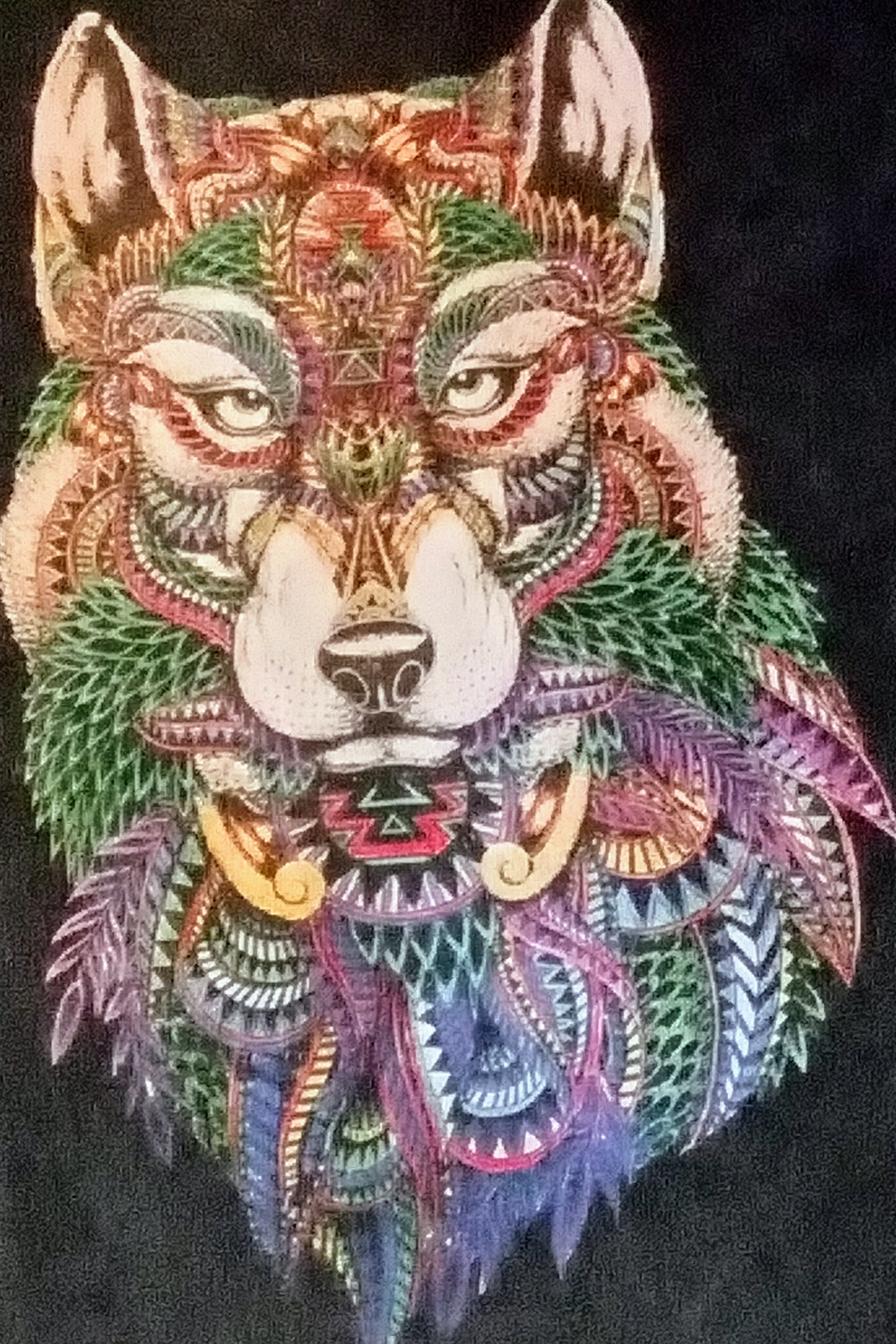Wolves are majestic creatures living in various habitats across the world, from the chill of the Arctic to the scorching deserts, dense forests, and mountainous regions. They are versatile beings known for their intelligence, resilience, and a complex social structure that entails order, clear communication, and cooperation.
Wolves belong to the Canidae family, which also includes dogs, foxes, jackals, and coyotes. They are known for their beautiful fur that ranges in color from white, grey, brown, black to a mix of these shades. Wolves are carnivorous animals, feeding primarily on medium to large-sized ungulates such as deer, elk, bison, and moose. However, their diet can vary depending on the availability of prey, sometimes including smaller mammals, birds, fish, and also some plant materials.
A much-admired trait of the wolves is their social dynamics, forming packs which usually consist of a family unit: a dominant male and female known as the alpha pair, their offspring, and occasionally adopted subordinate wolves. Pack sizes can vary from just 2 to 30 wolves. The alpha pair leads the pack in hunting, territory defense, and other decisions.
Communication within the pack is essential for survival. Wolves communicate in a variety of ways: via body language, facial expressions, scent marking, and various vocalizations such as howling, growling, whining, or barking. Contrary to popular belief, howling is not only done during full moons but serves different purposes such as rallying the pack, signaling alarm, or expressing dominance.
Reproduction in wolves usually involves only the alpha pair, ensuring stronger genetics and limited competition for resources. They are monogamous and breed once a year, typically around February and March. After a gestation period of 63 days, a litter of 4-6 pups is born blind and defenseless and relies on the protection of the pack. They become fully matured at two years and may leave to establish their own packs.
Wolves have often been misunderstood and misrepresented, mostly due to myths and folklore. They are essential predators in maintaining the balance of nature, controlling other animal populations. However, they are continually threatened due to habitat loss, conflicts with crops, livestock predation, and being hunted and persecuted themselves. Conservation and awareness efforts are happening worldwide to protect these remarkable animals and the crucial role they serve in the ecosystem.





